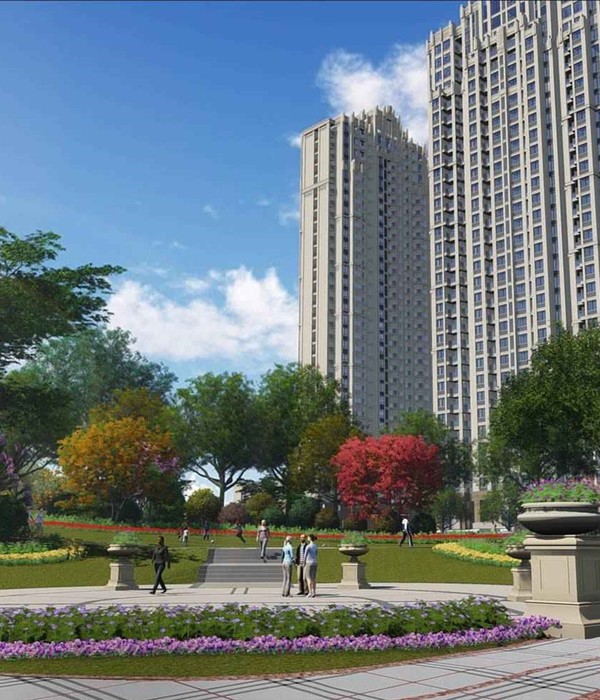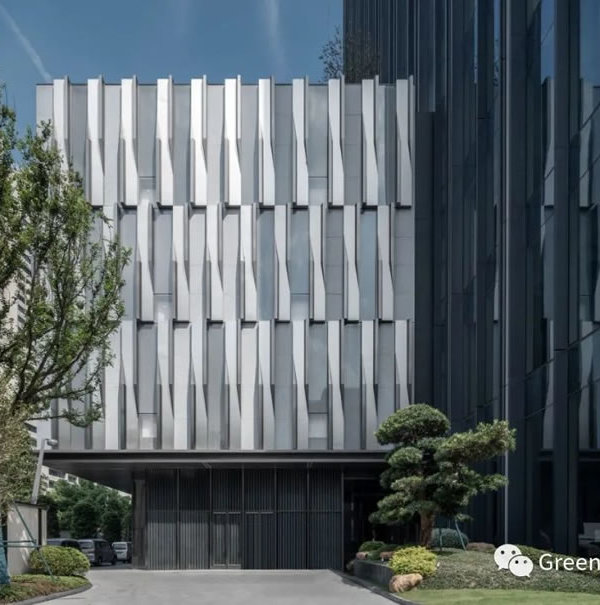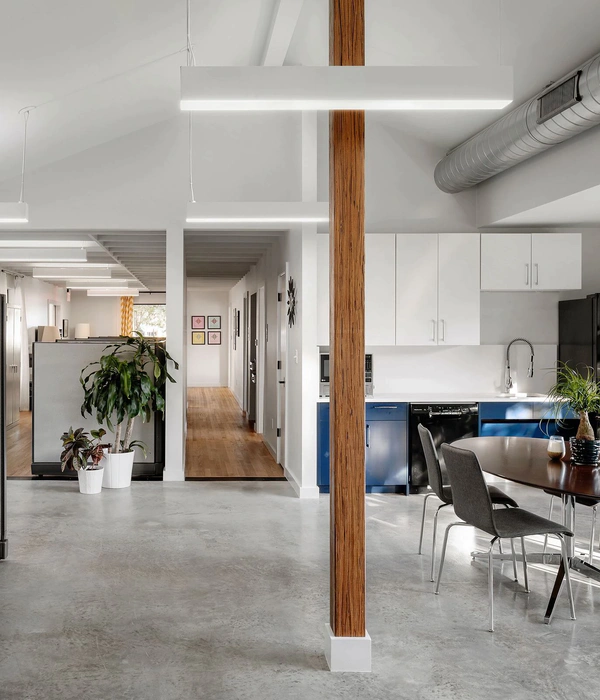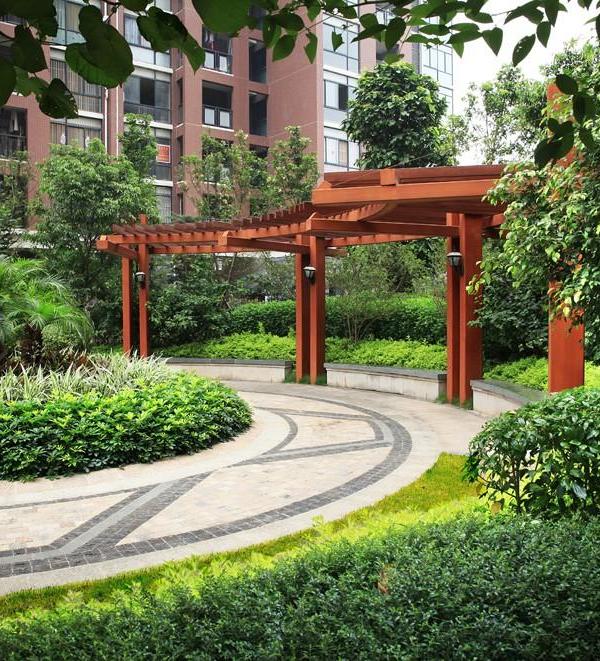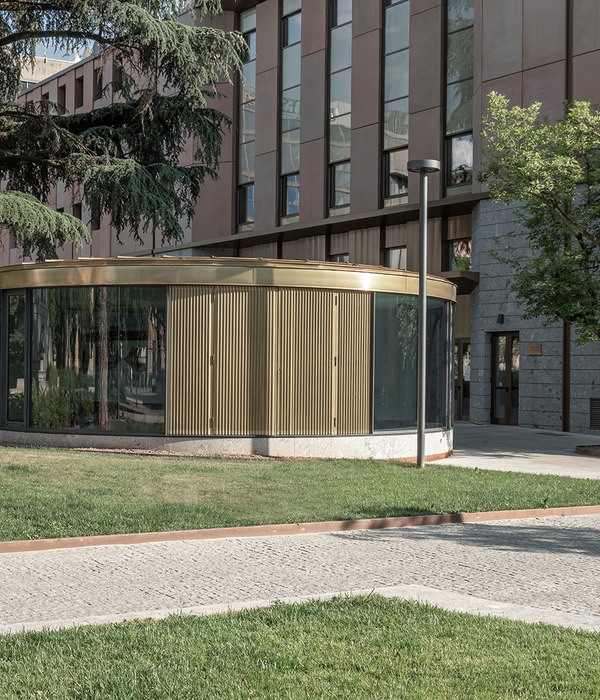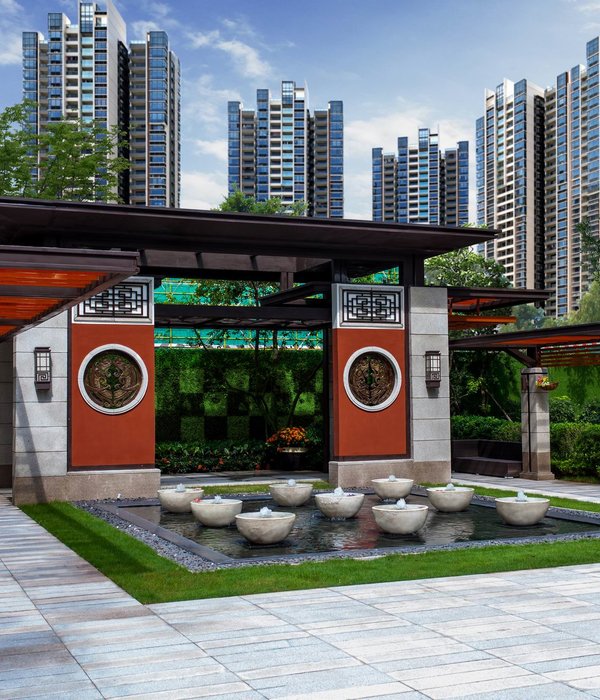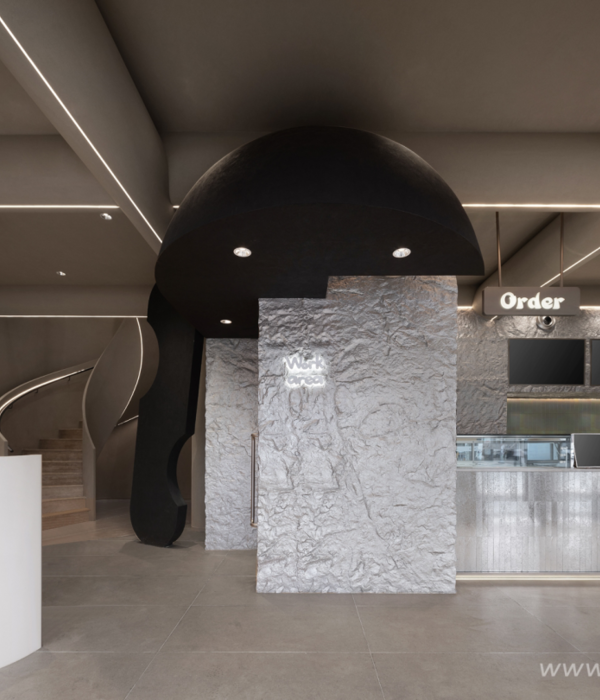Architect:Mjölk architekti
Location:Osaka, Japan; | ;View Map
Category:Parks/Gardens;Pavilions
Stories By:Mjölk architekti
The pavilion of the Czech Republic at the Universal World EXPO 2025 in Osaka, designed by Mjölk architekti, represents the Czech Republic as a place that people have taken care of for more than a thousand years. As a garden in the middle of Europe, which provides people with a place to exercise their immeasurable talent and creativity. Its inhabitants are able to find ways to protect their precious heritage not only for themselves, but also for future generations. The pavilion likens the Czech Republic to a shared landscape made up of millions of cultivated gardens with a single sky above. It shows the history, the present, and the environmental vision of the Czech Republic as a place of human creativity and care for the common space.
Sky Under the Trees
The concept of the pavilion is based on the idea of a garden in the clouds. The architecture, internal layout and dramaturgical concept allow visitors to physically and spiritually interact with the central idea of the exhibition. We want to show a relationship with the land, a love of nature as well as contemporary talents to be proud of and skills in which we excel. There are many great studios in our country that are creating challenging and globally successful computer games. We also have a first-rate ability to predict the weather. These values are linked by the central work of a large-scale procedural projection placed under the garden ceiling, on which a believable impression of a blue sky is created with a program, as clouds change seamlessly and encourage the viewer to imagine. The work is a collaboration between artists, programmers and meteorologists.
The exhibition combines historical materials and instruments representing a quest to understand natural phenomena with technological and environmental visions on the theme of landscape care and sustainability. Visitors thus see side-by-side measuring instruments from Prague's Klementinum dating back to the mid-18th century and a recent discovery by Brno scientists in the field of bioluminescent technology, which enables plants to produce light. Participants engage in the story through interactive elements, educational and gaming technologies. The purpose of the exhibition is also to present Czech art in a broader context and therefore also includes works by Czech designers, glassmakers, architects or even sound installations and musical compositions.
Architectural design
On the last level of the building, two worlds - the sky and the garden - interpenetrate. The sky under the garden roof is both an exhibition space and a venue for private events. In the delicate web of the load-bearing structure, artistic artefacts intermingle with functional objects. The indoor exhibition has direct access to the garden terraces. The garden, too, is an exhibition space, a territory for children's play and a place where visitors can relax and also contemplate under the trees the direction our fragile world is heading.
The landscape design of the pavilion is a reminiscence of the mosaic structure of the Czech landscape. The roof landscape of the pavilion is varied, with different heights showing the diversity of surfaces, the structure of stems, trunks and branches, the texture of leaves and the changing colours during the seasons. On the roof, a small brook springs up and weaves its way through the pavilion, ending in a pool in the parterre. The surface mirrors the clouds, the visitors and the entire exhibition, reinforcing the idea of tying people's lives to the weather, the cycle of the year and life.
The central motif of the garden is also transferred into the form of contemporary floral illustrations. The abstracted flowers of marigolds, sunflowers, morning glories, poppies, four-leaf clovers and brooklily leaves are depicted with a delicate stroke of a line, loosely referring to the technique of Japanese calligraphy and the delicate illustrations in Karel Čapek's The Gardener's Year.
The principle of the design is a building that is not just a box for exhibition pieces. The building is meant to represent the Czech Republic as a work of art, therefore the design reflects contemporary building technologies and traditional Czech know-how. This philosophy is also reflected in the interiors, which are furnished with high-quality Czech products and the leftover material from the CLT panels.
Environmentally friendly operation and transport
The pavilion is designed as a prefabricated wooden building made of glued timber and wooden panels laid in a square grid. Emphasis is placed on premium appearance, optimum thicknesses, high load-bearing capacities and precise joints. The building envelope consists of CLT panels in combination with double glazing. The gallery space under the garden is clad with laminated glass slats. The walking surface in the parterre is a brushed concrete slab with recycled material from construction debris. Natural light is provided by the glazed parts of the façade and the open atrium. The primary energy source for hot water heating is waste heat from the building cooling and grey water effluent. The green roof serves to improve the microclimate, natural cooling and rainwater harvesting. The water is filtered through the root system of the green roof and further used, among other things, for fine mist sprinkling and central irrigation of the roof garden. The entire building is designed in a passive standard, with a consideration of its possible future dismantling and relocation. The logistics of construction were also taken into account in the design. The panels, beams and additional structures are designed for easy container transport, assembly and disassembly.
Architects: Mjölk architekti
Client: Office of the Commissioner General for the Participation of the Czech Republic at the EXPO Universal Exposition
Curator, libretto: Ondřej Horák
Graphic designer: Marek Nedelka
Graphic designer and illustrator: Anežka Minaříková
Landscape architect: Jakub Finger
Artistic conception: Richard Loskot, Rozárka Jiráková
Production, japanologist: Martina Hončíková
Media communication: Linka News
Civil engineer: Pavel Bičovský
The building is designed with a combination of CLT panels and BSH (glued laminated timber) beams, which clearly defines its materiality.
The timber structure is complemented by 3D-printed concrete staircases and a subtle steel roof superstructure, which is covered by a ventilated float glass façade system under the living roof. These materials permeate the entire design. We are not trying to hide them, we are revealing them in their natural beauty.
▼项目更多图片
{{item.text_origin}}

